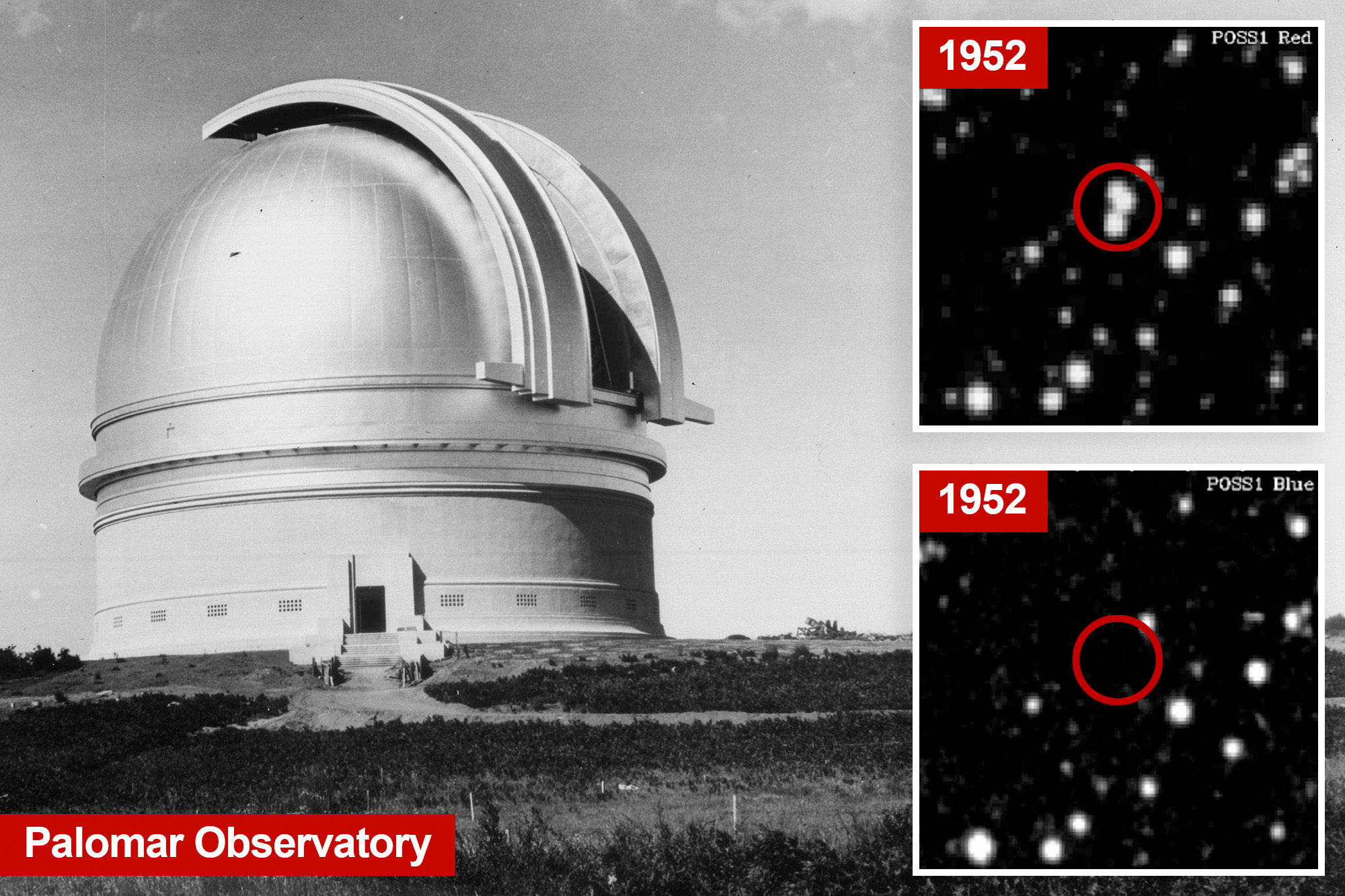In a significant development for the data storage sector, cloud storage provider Backblaze has published new insights regarding the durability of hard disk drives (HDDs). Their analysis, based on a fleet of 317,230 HDDs tracked over more than a decade, indicates that these drives are not only performing better than expected but are also exhibiting increased longevity as they age. This finding challenges the conventional understanding of HDD reliability and could lead to a reevaluation of procurement strategies for data centers globally.
The latest data, released in Q1 2025, shows an annualized failure rate across Backblaze’s HDD fleet of 1.42%. While this figure marks a slight increase from previous quarters, it still reflects a stable performance overall. Notably, Backblaze’s longitudinal study highlights a counterintuitive trend: older drives, especially those aged over five years, are demonstrating lower failure rates than traditionally anticipated.
Evolving Patterns of HDD Reliability
This phenomenon is particularly pronounced among high-capacity drives. Backblaze’s recent reports indicate that 20TB+ models, including those from manufacturers like Seagate and Western Digital, are achieving annualized failure rates below 1%, even after accumulating millions of drive-days. The improvements are attributed to advancements such as helium-filled designs and enhanced error-correction algorithms, which help prevent common failures like head crashes and thermal degradation.
These findings resonate with broader trends in the data storage industry. A separate analysis from Blocks and Files underscores that drives in the 20TB category are “doing very well,” as production economies lead to more robust components. For data center managers, this suggests an opportunity to extend refresh cycles and reduce capital expenditures on replacements, ultimately impacting overall cost management.
While the findings are promising, they are not universally applicable. Certain 12TB Seagate models, such as the ST12000NM0007, have shown higher failure rates, prompting Backblaze to strategically phase them out of their fleet.
Implications for Cost Management and Sustainability
The implications of these insights extend beyond immediate cost savings. Backblaze’s fleet, managing over four exabytes of data, illustrates how extending HDD lifespans can contribute to reduced electronic waste and lower energy consumption associated with manufacturing new drives. Recent statistics indicate that drives under 12TB are maintaining stability, with some 4TB drives reporting zero failures in recent assessments.
This stability paves the way for a shift toward hybrid storage solutions that integrate HDDs with solid-state drives (SSDs), optimizing performance without necessitating frequent upgrades. However, challenges persist. Backblaze’s data, while extensive, is derived from their specific workload—primarily cloud backup and storage—which may not reflect environments with high transaction volumes, such as financial trading platforms. Concerns have been raised about mid-capacity drives, particularly 10TB and 12TB models, which have experienced increased failure rates due to vibration sensitivity in densely packed server racks, as noted by critics in GIGAZINE.
Looking to the future, these findings stress the necessity for data-driven procurement strategies within the industry. Backblaze’s transparency has been commended, offering a valuable benchmark for enterprises evaluating hardware vendors. As HDD capacities approach 30TB and beyond, the emphasis is likely to shift toward predictive analytics that can anticipate failures before they disrupt operations.
Backblaze’s ongoing reports, including the comprehensive full-year 2024 statistics available on their website, depict a sector where mechanical storage is not vanishing but evolving to meet rising data demands. This resilience could extend the viability of existing storage solutions while allowing time for innovative technologies, such as DNA storage or advanced tape systems, to develop further.







